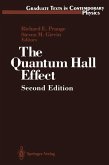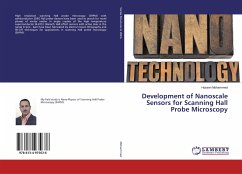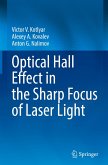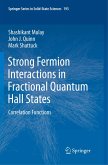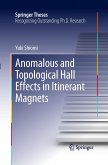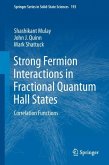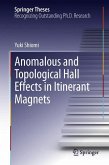"The quantum Hall effect (QHE) is a fundamental phenomenon that occurs in a two-dimensional electron gas (2DEG) at low temperature and in the presence of a strong magnetic field. It has various applications in the fields like metrology and topological quantum computers. It also provides an extremely precise and independent determination of the fine-structure constant-a quantity of fundamental importance in quantum electrodynamics. This book attempts to present concepts of QHE to undergraduate and graduate students, post-doctoral researchers, and teachers taking advanced courses on condensed matter physics. The author has tried to integrate all the important concepts of QHE like graphene, the connection between topology and condensed matter physics, the prospects of next-generation storage devices based on the manipulation of spins (spintronic) and present them in a lucid manner. It offers the advantage of providing a pedagogical presentation to help students with some intermediate steps in derivation. The book starts with an introduction to the experimental discovery of the QHE that segues into the basics of 2DEG in a magnetic field. The physics of the Landau levels, their properties, and their relevance to the integer QHE are discussed. The importance of conduction and its connection to topological insulators is also emphasised. At a pedagogical level, concepts like linear response theory, Kubo formula, and topological invariance are explained and their relations to the understanding of QHE, graphene, its symmetries and its relevance as a quantum Hall insulator are also covered. It ends with an explanation of the role of interparticle interactions to explain fractional QHE with the help of topics such as the Laughlin wave function, fractional charge and statistics, and non-abelian anyons"--
Hinweis: Dieser Artikel kann nur an eine deutsche Lieferadresse ausgeliefert werden.
Hinweis: Dieser Artikel kann nur an eine deutsche Lieferadresse ausgeliefert werden.


